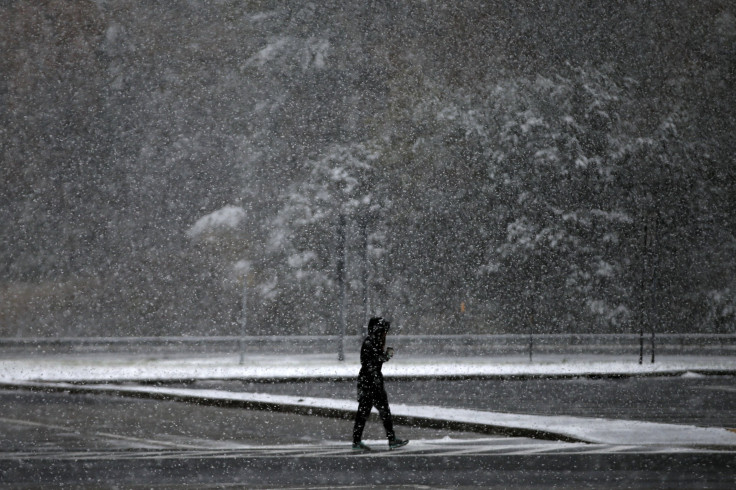Is Seasonal Affective Disorder Real? Winter Blues Are Just A Form Of Depression

Many people have experienced winter's nasty side effects, whether they come in the form of a cold, the flu or just plain feeling sad. So many people get the winter blues, in fact, that there's a name for it: seasonal affective disorder.
The National Institute of Mental Health acknowledges seasonal affective disorder but doesn't consider it a standalone illness. Instead, it categorizes seasonal affective disorder as a type of depression that displays a seasonal pattern. It defines the disorder as a type of depression that comes and goes with seasons, typically starting in the late fall and early winter and going away during the spring and summer.
In order to be officially diagnosed with seasonal affective disorder, a person must exhibit symptoms of regular depression like feelings of hopelessness or loss of interest in activities in conjunction with a spike during the winter months in which they display low energy, overeating, weight gain, social withdrawal or other symptoms. Women are four times at risk as men, according to the NIMH. Those who live far from the equator, have existing depression or are in a younger age group are also more likely to suffer from the disorder. The cause of seasonal affective disorder is unknown, though researchers believe it could have something to do with unstable seratonin levels, overproduction of melatonin, or low levels of vitamin D. Treatment for it is available with medication, light therapy, psychotherapy and/or vitamins.
Though the NIMH acknowledges the illness and its treatment, the actual existence of seasonal affective disorder has recently been called into question. In a study published Jan. 2016 in the Journal of Association for Psychological Science, researchers at Auburn University at Montgomery in Alabama tried to find concrete links between depression and particular seasons or locations. They found no evidence that seasonal affective disorder exists.
"In conversations with colleagues, the belief in the association of seasonal changes with depression is more or less taken as a given and the same belief is widespread in our culture," said Steven LoBello, a professor of psychology at Auburn University at Montgomery and the senior author of the study. "We analyzed the data from many angles and found that the prevalence of depression is very stable across different latitudes, seasons of the year and sunlight exposures.
SaveSave
© Copyright IBTimes 2024. All rights reserved.





















